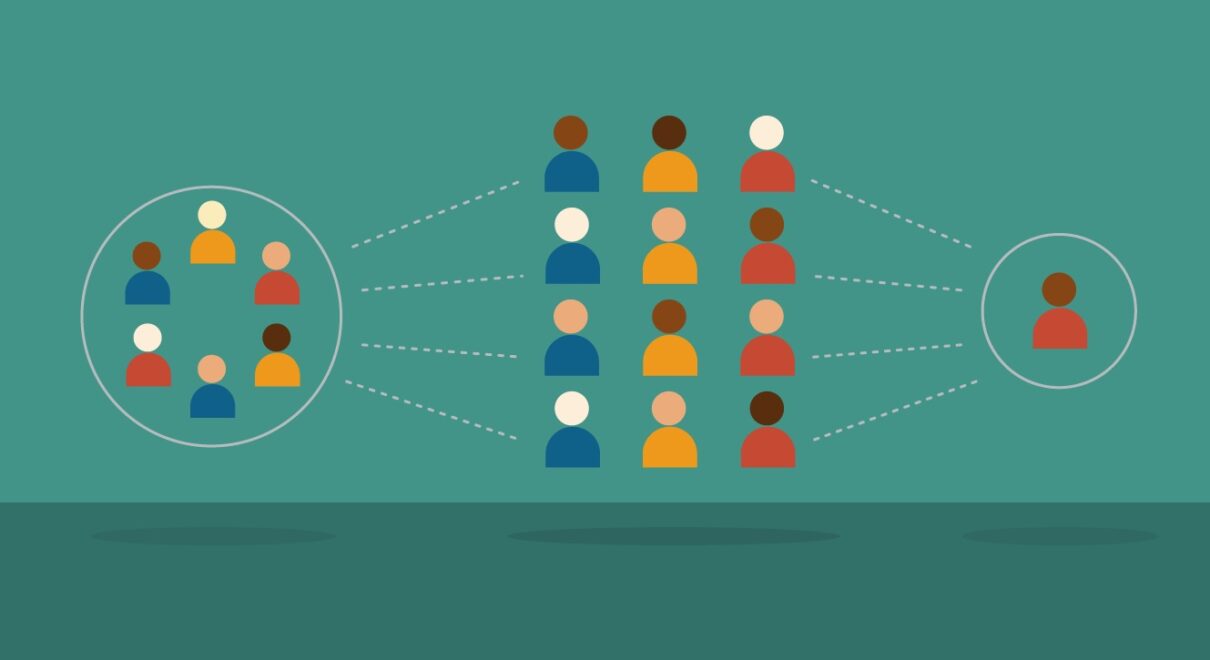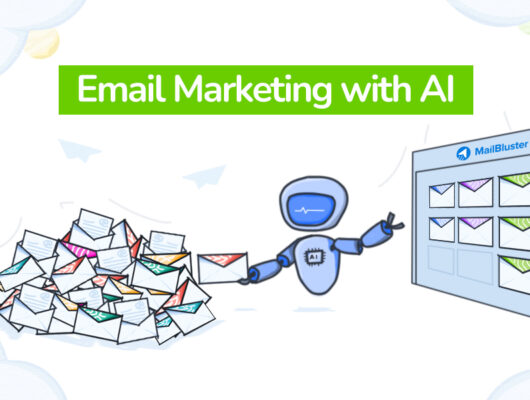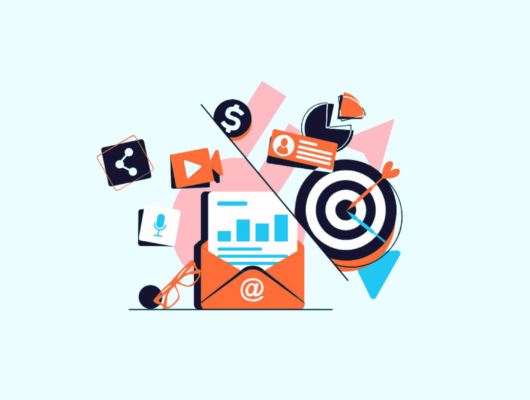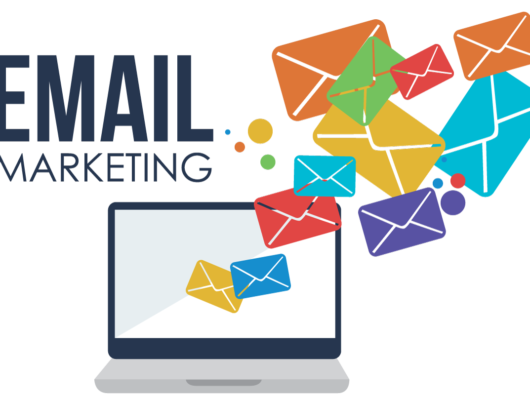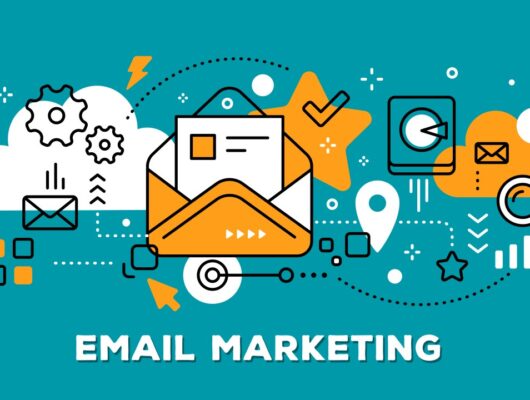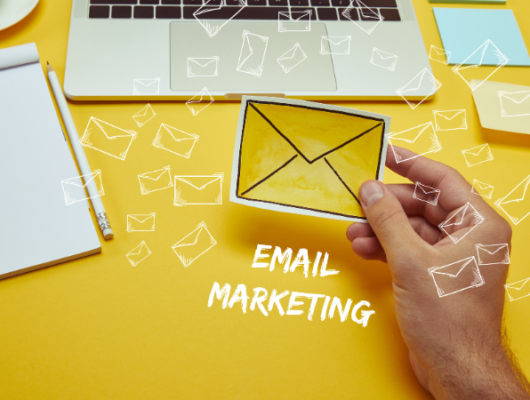In today’s digital world, email marketing remains one of the most effective ways to reach and engage customers. However, sending generic emails to a broad audience is no longer enough to capture the attention of today’s consumers.
To truly drive engagement and conversions, e-commerce businesses need to segment their customer base and deliver tailored, relevant content.
This is where customer segmentation in email marketing becomes a game-changer.
Customer segmentation allows marketers to divide their email list into distinct groups based on specific criteria.
By doing so, they can send more personalized, targeted messages that resonate with each segment’s unique interests, behaviors, and needs.
In this article, we’ll explore the importance of customer segmentation in email marketing and how to implement effective segmentation strategies that can boost your results.
1. What Is Customer Segmentation in Email Marketing?
Customer segmentation involves dividing your audience into smaller, more manageable groups based on shared characteristics or behaviors. This can include anything from demographic data, purchase history, email engagement, and more. Once segmented, marketers can send highly targeted email campaigns that speak directly to the specific needs and interests of each group.
The goal of segmentation is to improve the relevance of your emails, increase engagement, reduce unsubscribe rates, and ultimately drive conversions.
2. Why Is Customer Segmentation Important?
The effectiveness of email marketing is largely determined by how well you know your audience. Here’s why customer segmentation is crucial:
- Increased Relevance: By sending emails tailored to a specific group’s needs or preferences, you make your emails more relevant to the recipient, which leads to higher open and click-through rates.
- Improved Engagement: When customers receive content that aligns with their interests, they are more likely to engage with your brand, whether that’s by clicking on a link, reading your content, or making a purchase.
- Better Conversion Rates: Personalized emails that are tailored to the recipient’s behavior, location, or preferences tend to drive higher conversion rates compared to generic emails.
- Reduced Unsubscribes: Sending irrelevant or untargeted emails can lead to higher unsubscribe rates. Segmentation ensures you’re delivering the right message to the right people, keeping your unsubscribe rate in check.
- Stronger Customer Relationships: Segmenting your audience enables you to communicate with your customers in a more meaningful and personalized way, building stronger relationships that foster brand loyalty.
3. Types of Customer Segmentation for Email Marketing
There are many ways to segment your customer base, depending on the data you have and the goals you wish to achieve. Here are some common segmentation strategies:
a) Demographic Segmentation
Demographic data is the most basic form of segmentation, but it still plays a key role in targeting your audience. This includes:
- Age
- Gender
- Location
- Income Level
- Occupation
Example:
A clothing brand may send different emails to men and women or target specific age groups with promotions that align with their fashion preferences.
b) Behavioral Segmentation
Behavioral segmentation divides customers based on their interactions with your website, previous purchases, or email activity. Common behaviors to track include:
- Past purchases
- Browsing history
- Email opens/clicks
- Cart abandonment
- Frequency of visits or interactions
Example:
If a customer abandons their shopping cart, you can send them an email with a special discount on the items they left behind to encourage them to complete the purchase.
c) Transactional Segmentation
Transactional data focuses on the details of your customers’ previous transactions and can help you identify valuable segments, such as:
- High-value customers (those who make frequent or high-ticket purchases)
- Repeat buyers
- One-time customers
- Customers with a specific product interest
Example:
You might send a special offer to repeat buyers, thanking them for their loyalty and encouraging them to explore new products.
d) Engagement-Based Segmentation
Engagement-based segmentation focuses on how customers interact with your emails. It allows you to target people based on:
- Open rates
- Click-through rates
- Frequency of engagement
Example:
Customers who regularly engage with your emails could be offered early access to sales or exclusive discounts, while customers who haven’t opened your emails in a while could receive a re-engagement campaign to bring them back into the fold.
e) Psychographic Segmentation
Psychographics look beyond basic demographics and focus on the psychological aspects of customer behavior, such as:
- Lifestyle
- Interests
- Values
- Personality
Example:
A fitness brand might segment their audience based on lifestyle, sending different messages to health-conscious customers, gym-goers, or those interested in weight loss.
4. How to Implement Customer Segmentation in Email Marketing
Now that you understand the importance and types of segmentation, it’s time to apply this knowledge to your email marketing campaigns. Here’s a step-by-step guide on how to implement segmentation effectively:
Step 1: Collect the Right Data
To segment your audience, you need access to relevant data. Make sure you’re collecting data such as:
- Demographic information (e.g., age, gender)
- Behavioral data (e.g., purchase history, website activity)
- Email interactions (e.g., opens, clicks)
- Customer preferences (e.g., product interests)
You can collect this data via your website, surveys, purchase history, or email interactions.
Step 2: Define Your Segments
Based on the data you collect, define clear customer segments. These segments should align with your business goals and customer behaviors. For instance:
- New customers: Send welcome emails and introductory offers.
- Frequent buyers: Offer loyalty rewards or exclusive product previews.
- Inactive customers: Target them with re-engagement campaigns.
- High spenders: Provide them with VIP benefits or special discounts.
Step 3: Create Personalized Campaigns
Once you’ve segmented your audience, create tailored campaigns for each group. Personalized emails will resonate more deeply with each recipient and increase engagement. Focus on:
- Crafting subject lines and content relevant to each segment.
- Using dynamic content that adjusts based on the segment.
- Offering personalized discounts or product recommendations.
Step 4: Automate Your Email Campaigns
Use email marketing automation tools to send the right messages at the right time. For example, you can set up automated workflows for:
- Welcome emails for new subscribers
- Cart abandonment reminders
- Birthday or anniversary offers
- Post-purchase follow-ups asking for reviews or feedback
Automation ensures that your messages reach the right customer at the right moment, without manual intervention.
Step 5: Test and Optimize
Once your segmented campaigns are running, monitor key metrics like open rates, click-through rates, and conversion rates. A/B testing different subject lines, content, or calls-to-action can help you determine what works best for each segment.
Regularly review your segmentation strategy and adjust it based on customer behavior or changing business goals. The more data you gather, the better you can fine-tune your campaigns.
5. Best Practices for Customer Segmentation in Email Marketing
- Start with a small number of segments: Don’t overcomplicate segmentation initially. Start with broad segments (like new vs. repeat customers) and expand as you gather more data.
- Use dynamic content: Personalize each email with dynamic content blocks that change based on the customer’s segment.
- Respect privacy: Always ensure that you’re handling customer data ethically and in compliance with privacy regulations like GDPR.
- Use segmentation for re-engagement: Don’t forget to target inactive subscribers with win-back campaigns to revive their interest.
- Monitor and adjust: Segments aren’t static—customer behavior evolves over time. Regularly revisit your segmentation strategy to ensure it remains effective.
Conclusion: The Power of Customer Segmentation
Customer segmentation is a powerful strategy that can dramatically improve the performance of your email marketing campaigns.
By understanding the unique needs and preferences of your audience, you can create highly personalized and relevant content that drives engagement, conversions, and customer loyalty.
With the right data, segmentation approach, and automated workflows in place, you can deliver emails that speak directly to your customers, build stronger relationships, and grow your business.
Start implementing customer segmentation today, and watch your email marketing efforts reach new heights.


